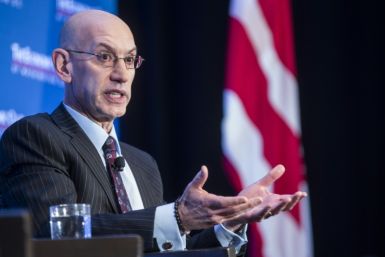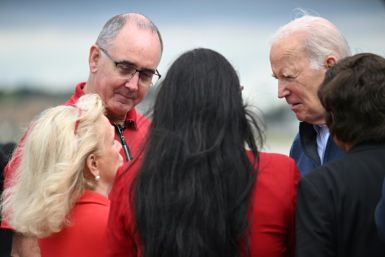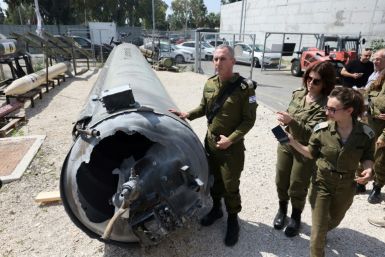Costco to upset Coles-Woolworths supermarket price war with cheap grocery, fuel prices
Retail giants Woolworths and Coles could face fierce competition from rising competitor Costco, whose low price strategy, broad range of products and entry into fuel retailing could see it drive more competition in Australia’s $125.1 billion supermarket and fuel retailing industry.
The US Retailer, which offers businesses and individuals a chance to bulk-buy, has already grown its share of the $88.1 billion supermarket and grocery revenue in Australia to 1.2 per cent - and it only has seven stores.
Although Coles and Woolworths currently control more than 70 percent of the supermarkets and grocery stores industry, and over 40 percent of the fuel retailing industry, Costco’s Walmart-like model of offering quality, brand name merchandise at lower prices than traditional wholesale or retail outlets could upset their balancing act.
However, lower prices are no guarantee of higher profit margins either, a new industry report by IBISWorld reveals, particularly as shoppers tend to buy the same products week-to-week.
“While supermarkets continue to compete on the basis of price, other factors such as convenience, product variety and quality have emerged as driving forces in securing customer loyalty,” said IBISWorld analyst Brooke Tonkin.
“This helps explain the growth of Costco, which has steadily gained market share over the past five years.”
As an international chain of warehouses, Costco offers one of the largest and most exclusive product category selections to be found under the one roof -- from groceries and automotive supplies, to toys, tyres and appliances.
The majority of Costco’s profits comes from their annual membership fee of $60, which is how the company manages to remain competitive with their low prices while fostering customer loyalty. However, according to IBISWorld, the company’s focus may primarily be on gaining market share in Australia as its earnings before interest and tax have only been shown to be positive once in Australia.
Costco opened its doors to the Australian public in 2009 at Melbourne’s Docklands. It then expanded nationally with its second opening in Sydney’s West in 2011, followed by a store opening in Canberra in the same year. By 2014, Costco had targeted Melbourne, Liverpool and Brisbane. It’s eighth location will be opening in Moorabbin, Victoria, next month, and will come with fuel pumps.
Costco adds fuel to fire
The Coles-Woolworths duopoly has seen each broaden their consumer reach by expanding fuel station grocery offerings into mini supermarkets, and Costco is not far behind on this trend. Despite the highly competitive fuel retailing industry, Costco’s convenience and location as a ‘one-stop-shop’ and consistently lower prices means it is able to take a bigger bite of this market.
Price and location largely determine where customers buy petrol and “most consumers see petrol as an undifferentiated product and therefore purchase on price – there is effectively no brand loyalty,” said Tonkin.
The first Costco fuel station in Australia was established in Liverpool, NSW, in 2013, followed by a second fuel station in 2014 at Brisbane’s North Lake store, which pressured surrounding fuel businesses to cut their prices as they rushed to compete with Costco’s low prices. Yet Costco’s prices remained the lowest, with customers saving up to 15 cents per litre. In the following months, Costco’s fuel retailers continued to force down competing prices.
As of August 2014, Costco has opened 663 warehouses worldwide, in countries such as Korea, Taiwan, Spain, Mexican States, Canada and the United States. The company generated $112.6 billion at the end of the 2014 financial year.
While Costco and other low-cost retailers such as Aldi continue to expand in the supermarkets and grocery stores industry, the big players are not expected to rest easy, and have begun seeking out new way to remain competitive.
Woolworths will spend $65 million in store improvements and increase staff hours, while Coles have started creating its new market-style format in some of its larger stores -- both strategies designed to keep shoppers instore for longer.
Australia’s supermarket and grocery stores and fuel retailing industries is expected to increase to $134.5 billion by 2020-21.
For feedback/comments, contact the writer at feedback@ibtimes.com.au or let us know what you think below.






